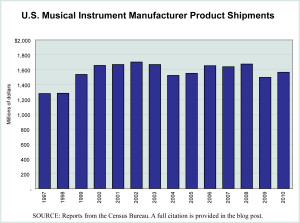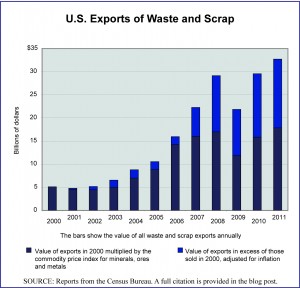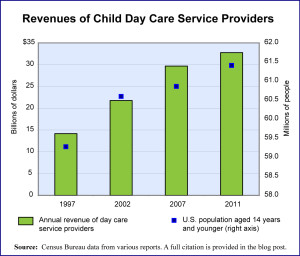Fish sticks—oblong pieces of fish that are breaded and usually frozen before final preparation—are a popular food in the United States and for many children they are the primary form in which seafood is eaten. Today’s market size is the volume and value of fish stick production in the United States in 2010.
Geographic reference: United States
Year: 2010
Market size: 82.9 million pounds at a value of $113.8 million dollars
Source: “Fisheries of the United States–2010,” August 2011, page 42, available online from the National Marine Fisheries Service web site, here.
Original source: National Oceanic and Atmospheric Administration (NOAA), Office of Science and Technology, National Marine Fisheries Service
Posted on October 15, 2012



